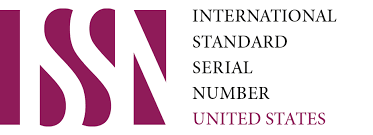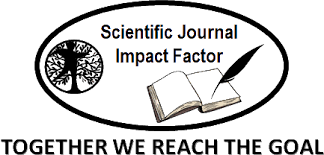Linguistic Approaches to Enriching Vocabulary in English.
DOI:
https://doi.org/10.62480/tjpch.2025.vol45.pp16-19Keywords:
Vocabulary acquisition, English language learning, cognitive linguisticsAbstract
This article explores various linguistic approaches aimed at enriching vocabulary in English language learning. Vocabulary acquisition is a crucial component of language proficiency, yet learners often struggle with limited lexical resources. By analyzing linguistic theories, teaching methodologies, and applied practices, the article examines how vocabulary can be effectively developed. The study highlights morphology, semantics, pragmatics, and cognitive approaches as the most influential frameworks in enhancing lexical competence. Practical strategies, such as word-formation techniques, semantic mapping, collocation teaching, and contextualized learning, are considered as essential tools. The findings suggest that a combination of theoretical insights and learner-centered pedagogical strategies ensures sustainable vocabulary enrichment.
References
1. Godwin-Jones, R. (2016). Augmented reality and language learning: From annotated vocabulary to
placebased mobile games.
2. Hsu, T. C. (2017). Learning English with augmented reality: Do learning styles matter? Computers &
Education, 106, 137-149.
3. Jamrus, M. H. M., & Razali, A. B. (2019). Augmented reality in teaching and learning English
reading: realities, possibilities, and limitations. International Journal of Academic Research in
Progressive Education and Development, 8(4), 724- 737.
4. Mozaffari, S., & Hamidi, H. R. (2023). Impacts of augmented reality on foreign language teaching: a
case study of Persian language. Multimedia Tools and Applications, 82(3), 4735-4748.
Downloads
Published
Issue
Section
License

This work is licensed under a Creative Commons Attribution-NonCommercial 4.0 International License.
User Rights
Under the Creative Commons Attribution-NonCommercial 4.0 International (CC-BY-NC), the author (s) and users are free to share (copy, distribute and transmit the contribution).
Rights of Authors
Authors retain the following rights:
1. Copyright and other proprietary rights relating to the article, such as patent rights,
2. the right to use the substance of the article in future works, including lectures and books,
3. the right to reproduce the article for own purposes, provided the copies are not offered for sale,
4. the right to self-archive the article.












